Provence has long been associated with art. Cézanne, Renoir, Chagall, Picasso and Matisse are among the many painters who have been drawn to the bright Mediterranean colours, the light and the agreeable climate of the South of France (photographers, I can attest, also appreciate these qualities…). But does a homegrown arts scene still thrive on the French Riviera today, or does it depend on the legacy of its former glory? A writer from German magazine, Stern, came recently to investigate the current art scene in Nice for a travel feature, and I, as photographer, was happy to join in his two day art immersion.
Nice: where artists come to die
“The French Riviera is where artists traditionally come to die. They make good compost“. Ben Vautier, perhaps Nice’s best-known contemporary artist and known by all simply as ‘Ben’, offered a typically provocative statement by way of answer. He is highly prolific, much of his work is text-based and few Niçois are unfamiliar with Ben’s handwriting, which has been immortalised in outdoor art installations (at tram stops throughout Nice, for example), museums and on product labels. Ben, whose own political views are ‘original’, courts controversy and stands in a different category from the past painters of Provence.
Significantly older than his attitude and energy would suggest, Ben is a sort of self-styled parrain [godfather] of Nice’s modern art scene. Tilman Mueller, Stern’s writer, and I met him at La Station – an underground modern art space situated in the former abattoirs of north Nice.
Hangovers and a crossbow pistol
Ben was keen that we meet some art students who were visiting La Station from another art school in Provence to collaborate on an exciting new art project. On arrival, I very nearly sat on one. It was 10 am and the students were all silently sprawled on benches beside the entrance, surrounded by cans of Red Bull, oranges, coffee cups and overflowing ashtrays. I, in all honesty, didn’t entirely understand their work-in-progress (a car apparently driven into a wall, which opened on the other side onto a small rubble-filled space where chickens were to be introduced), but it was apparent that they were having a good time doing it.
Inside, edgy art installations in a temporary exhibition by the Culbuto Collective were shown off in industrial white and steel spaces. In one corridor, a flock of metallic birds click-clicked as they flew in formation high above the viewer; in another empty gallery, a motion-sensor-triggered automatic crossbow noisily fired nothing at me as I wandered by, causing me to jump several feet into the air. Around the exhibition spaces were located work studios, each complete with the original fridge door from a time when the rooms housed dead livestock instead of today’s resident artists. Looking into these windowless, neon-lit studios, I pondered the potential effects of latent claustrophobia on the creation of art. No warm Provençal light or natural Mediterranean colours here.
Sex caravan and fresh-laid eggs
Tilman and I were invited chez Ben for lunch. Uncertain of our route in the hills above Nice, we nonetheless knew when we had arrived; no need to check the house number. Ben’s place stands quite apart from any other property I’ve ever seen. Unlike the quiet exteriors of the majority of cream/primrose/peach villas on the Côte d’Azur, every centimetre of the exterior wall of his home is filled with bright colours, objects, art and text. It took us some time to locate the front door.
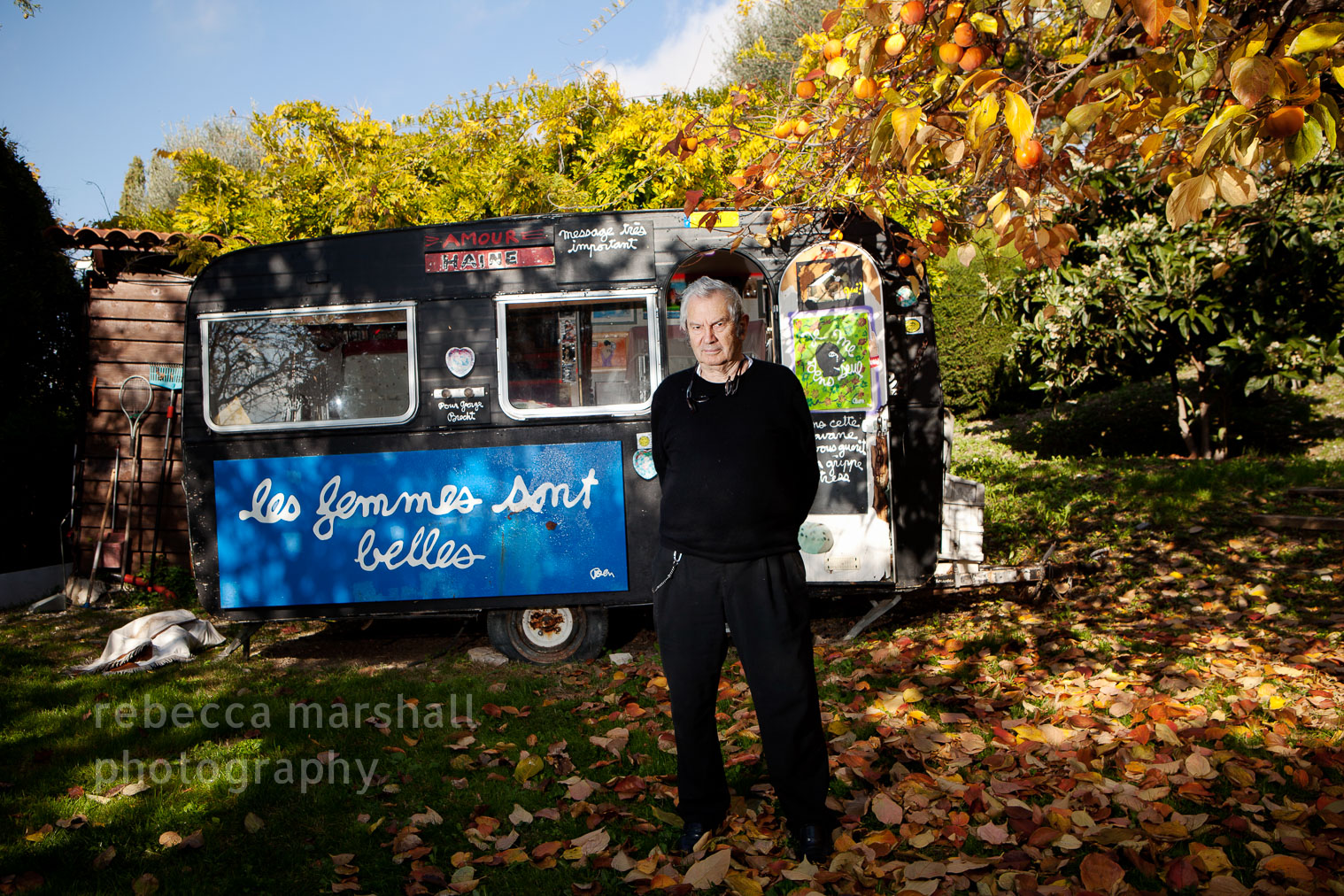
The Sex Caravan has known better days (now more frequently inhabited by copulating rats than people)
“Photographers always take my portrait here” Ben announced, as he walked us through the front yard on a tour. I instead chose the black ‘Sex Caravan’ in his back garden as the backdrop for a portrait. Designed as a sort of artistic shag-pad for amorous guests at summer parties, the caravan had seen better days. Ben admitted that recently the place had been taken over by rats, judging by the quantity and size of droppings on the bed and toothmarks in the decorative objects and toys. I ignored his lewd comments about my figure as much as he ignored my photographer directions of what to do during the portrait and fortunately for both of us, we sat down to lunch soon after.
On the terrace, under a trellis from which hung songbird cages (complete with noisy songbirds), broken chandeliers, an old TV, a bidet and some colourful plastic safari animals (“art is rubbish“), Ben’s kind and patient wife Annie served up eggs laid by their own hens, home-made pasta and delicious local cheeses. Everyone happily talked over each other as we ripped off chunks of bread and got stuck into the bottle of wine with Ben’s art on the label (“the wine isn’t great but they give me 100 bottles a year“). Tilman, an experienced senior correspondent, moved on from discussing the literary merits of a mutual friend of theirs and author of the controversial “The Sexual Life of Catherine M.” (Ben: “Yes, yes, but what I want to know is did you f*** her, Tilman??“) and manfully tried to reason with Ben’s unconventional political views on Syria, Angela Merkel and human rights. I could see that it wasn’t easy for him to make himself heard over Ben, the songbirds & intervention of two giant guard dogs clamouring for scraps. I gave him a brief respite when Ben announced that, like everyone else, I am hungry for power (“photographers have huge egos“) and I joined the fray, pointing out that most portrait photographers can’t really afford to have big egos themselves, since they are too busy managing their portrait subjects’ far bigger egos (an artist, for example). Ben jovially conceded the point. (If interested, you can see a portrait of another prominent Nice-based artist I once photographed…)
Another artistic car and a confused optician
Weighing a little more and running a little late, we then had an appointment at Villa Arson, Nice’s (slightly snooty, in my opinion) art school. I took a portrait of the moody-looking directeur in their concrete labyrinth of a garden and then, while Tilman did his interview, found myself in a gallery staring slightly bemusedly again at an old car (this time a Volvo, parked next to a pile of oversized rope and a carefully placed stone).
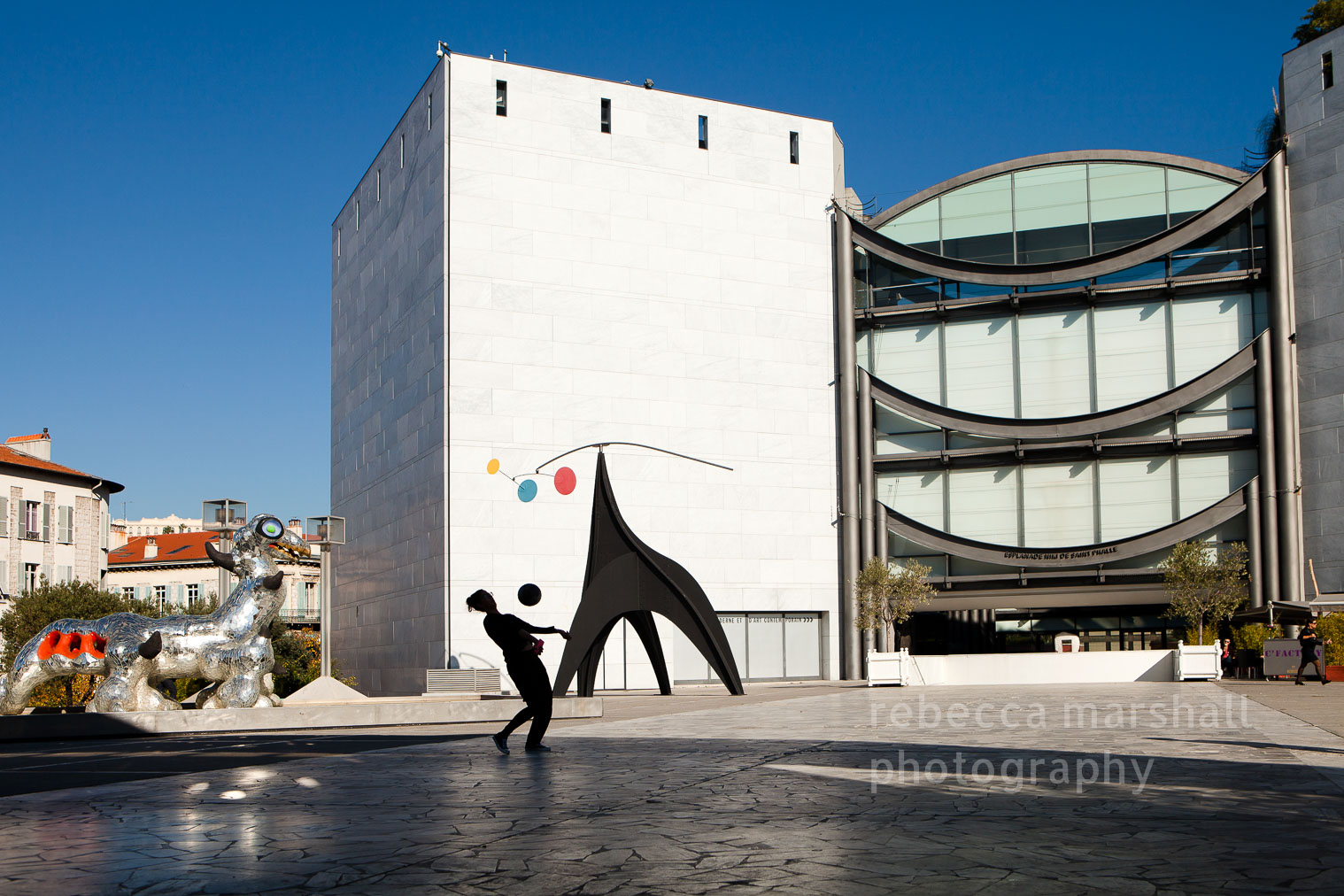
Kids playing football in front of MAMAC, probably unaware of how well they were harmonising with the art exhibits
Our last port of call was MAMAC (Musée d’Art Moderne et d’Art Contemporain): Nice’s museum of modern art. Curator Rebecca François gave us an excellent tour. Her story about an inspirational conversation that once took place between young Nice-born artists Yves Klein and Arman on the Promenade des Anglais brought the French Riviera sea/sky blues into the paintings hanging before us, and she helped us to see Niki de Saint Phalle’s life story expressed through her works in the gallery. We were also happy to have a female portrait subject for the feature (I had been starting to suspect a certain machismo in Nice’s art scene…).
Incidentally, Rebecca’s name had been the cause of some consternation en route. While otherwise occupied (driving and trying to find the way), I had passed my ringing phone, displaying an unknown Nice landline number, to Tilman. “Rebecca’s assistant said he’d call about now, that must be him“. It took some minutes of the ensuing conversation, during which Tilman, in his rusty yet confident French, presented his credentials, discussed the possibility of Rebecca being a portrait subject and exclaimed how wonderful it is that she is a woman, for us to realise that the man on the end of the phone was not in fact the man from MAMAC, but my optician on a quick call to inform me that my contact lenses were ready for collection.
Frantic quest for double-page scene-setter
Photographing a worthy establishing shot for the article proved to be the biggest challenge of my assignment. It is not uncommon for a photographer to get caught between differing briefing instructions from a photo editor, features editor and on-site journalist, and this was certainly a case in point. The magazine editor wanted a stock-style photo of a typical travel destination in Nice (e.g. the flower market or old town); Tilman (who was planning our time and locations on site) absolutely wanted modern artworks to be shown in the featured picture and deeply disagreed with taking a ‘postcard’ angle; and the photo editor decided to stay non-committal, saying “shoot both if you get time“. My agent at Laif who had assigned the job just commiserated. Spurred on by the knowledge that Stern had bought a stock library picture for the main image of the previous feature (rather than using any of the assignment photographer’s options), I re-doubled my efforts. Day 1 was for portraits. Day 2 had to be about the Double.
However, it was already late afternoon on the Promenade des Anglais, and I knew that, despite a few options, I still didn’t have it ‘in the bag’. Sundown was approaching – and dusk would be my last workable moment. I decided to ignore Tilman’s voice in my ear about “shooting MAMC by night” and figured the only place to be was in Place Massena. An emblematic city square in the heart of Nice, Place Massena is home to artist Jaume Plensa’s colourful light sculpture installation. I pelted off, grateful for Tilman’s kind offer to go and get my tripod, which I’d left in the car. 15 minutes later, I had scoped the spot, the sun had just set and the dusk sky was reaching its magical Yves-Klein-blue zenith. No sign of Tilman. Knowing I had only 5-10 minutes of optimum light, I braced myself against a lamppost. Increasing the ISO and holding my breath, I shot on as slow a speed as I thought I could get away with, keeping my fingers crossed that the photographs would be sharp enough.
Some time later, I had packed up and was sitting on a bench in the dark when Tilman at last appeared. The car had been parked rather further away than I had remembered and valiant Tilman had walked 4 kilometres. He knew that the moment had passed, but quietly handed me my tripod anyway, and another bag that could have held my tripod connector plate and shutter release cable…except it didn’t: it contained the car’s hazard warning triangle and car jack.
It seemed clear that breathing in the fumes of Nice’s artistic compost had started to addle our brains….
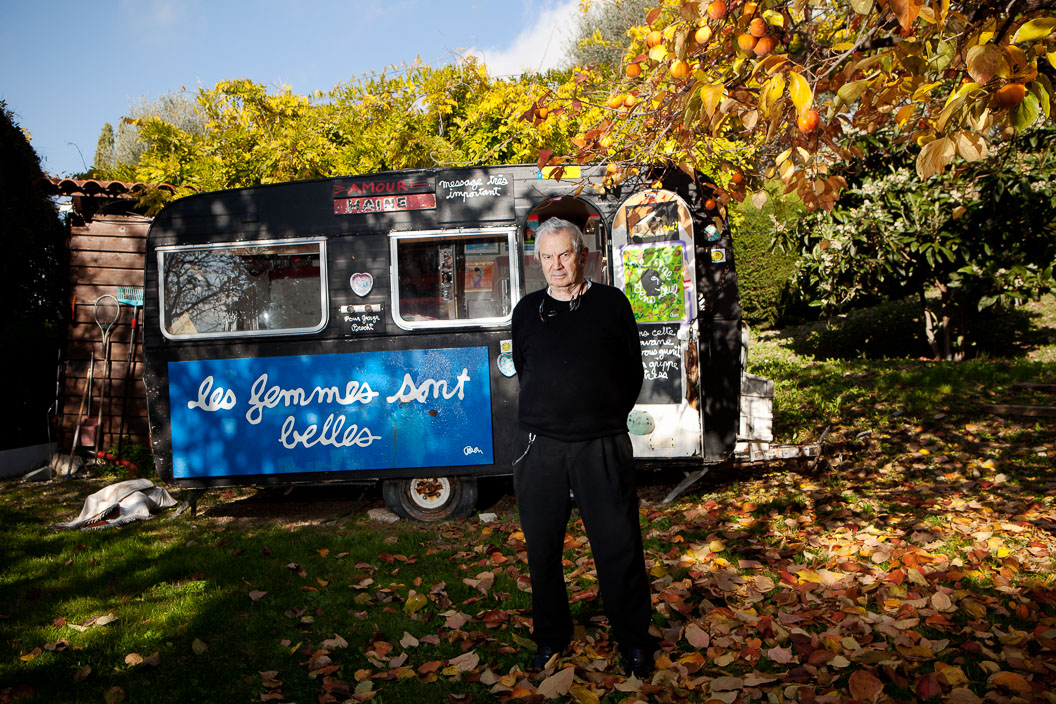
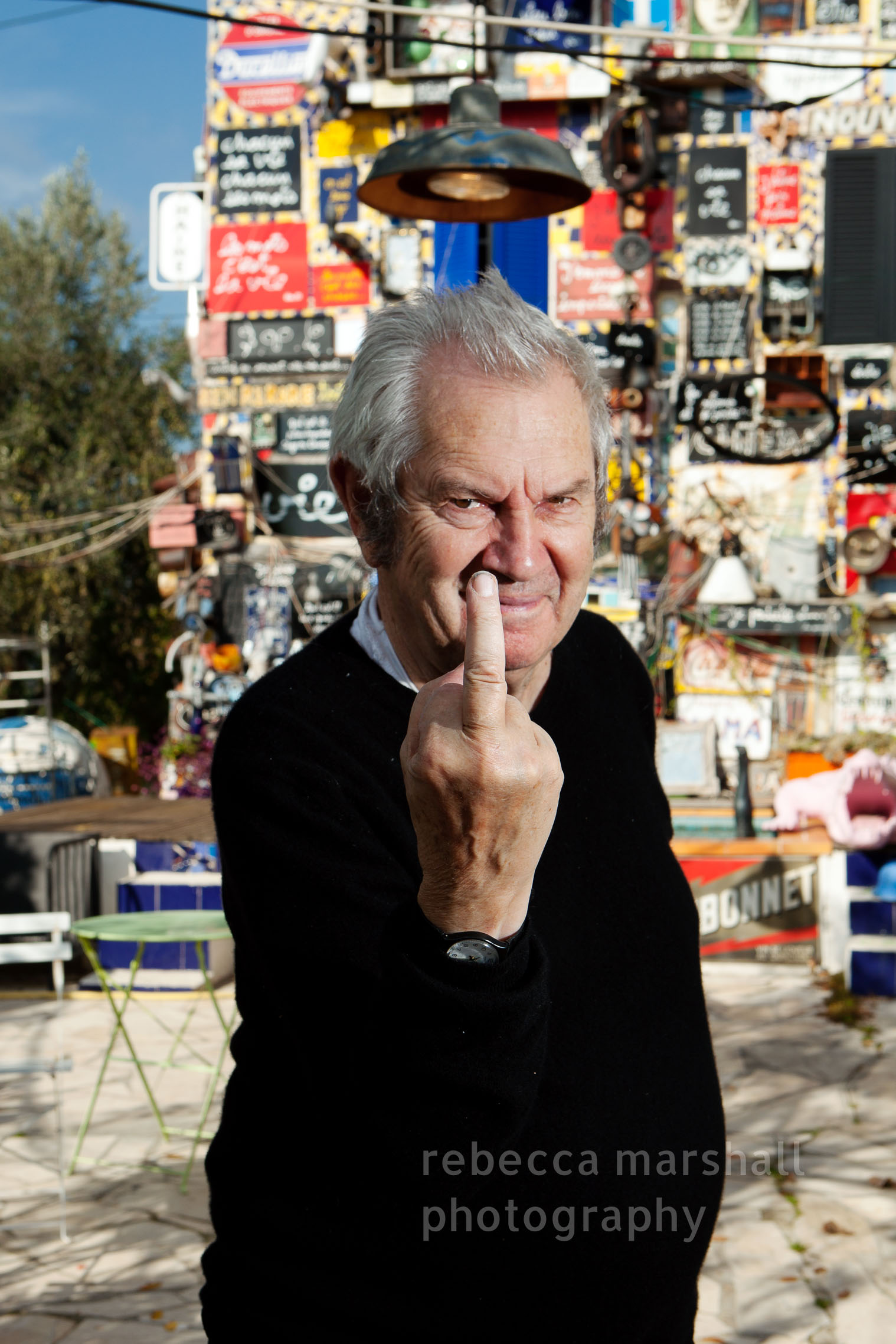
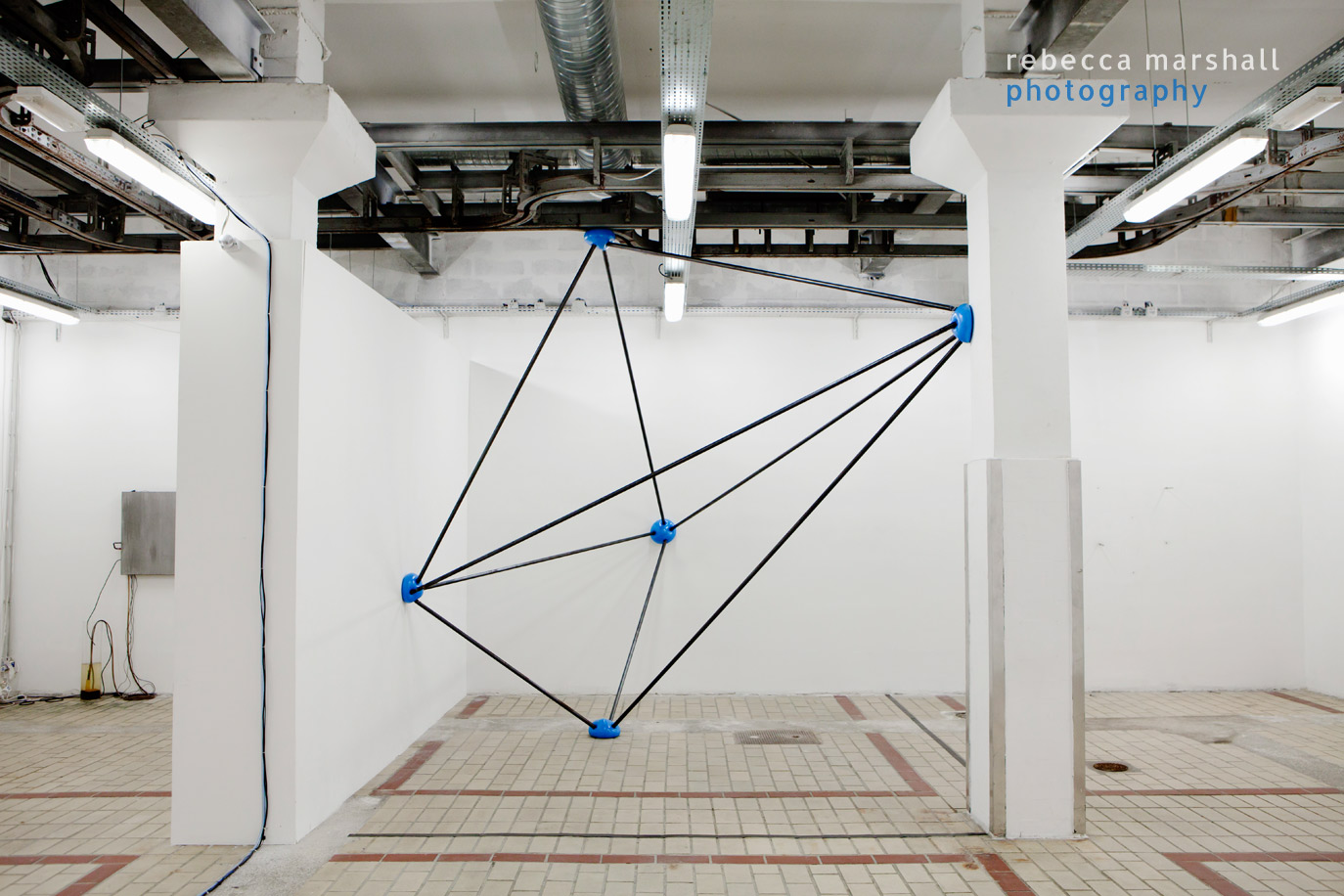
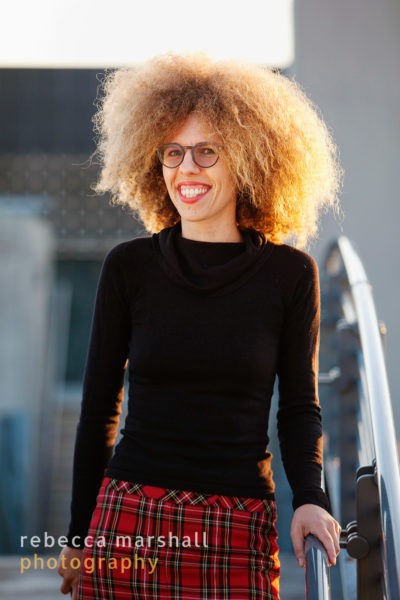
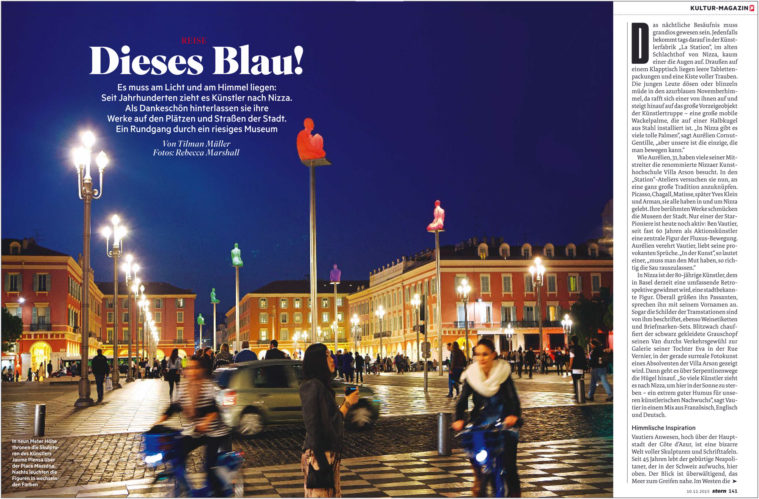
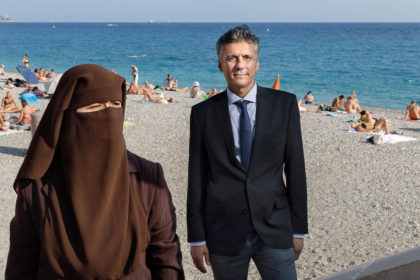
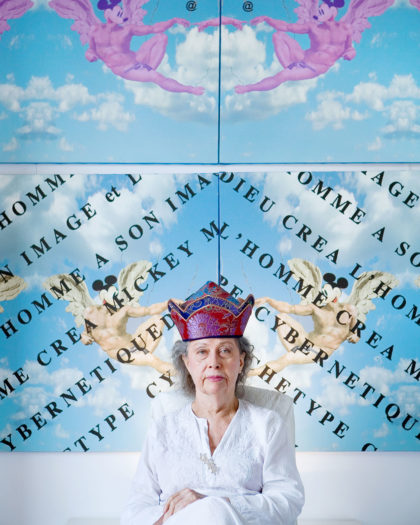
Simone kussatz
May 31, 2021 at 12:11 pm
I enjoyed reading your article although it was written a while ago.
Rebecca Marshall
May 31, 2021 at 1:06 pm
Many thanks Simone. There have been plenty of articles since then, I hope you enjoy perusing them….